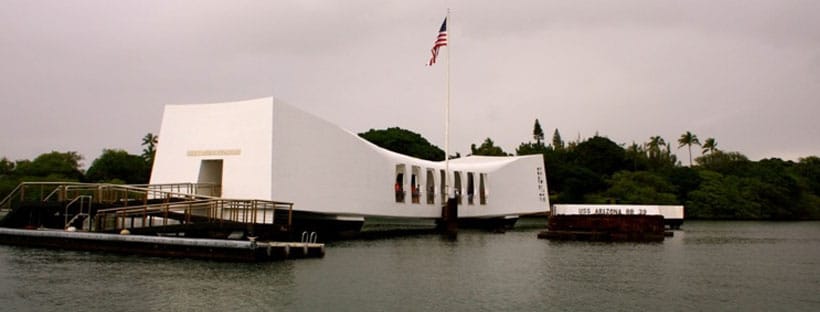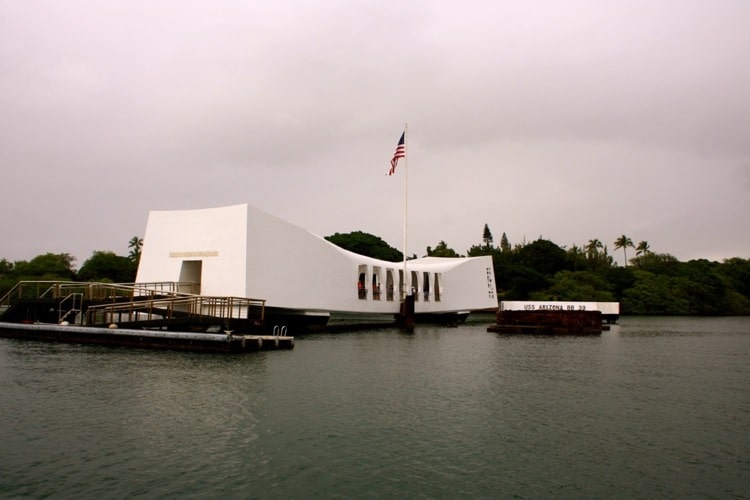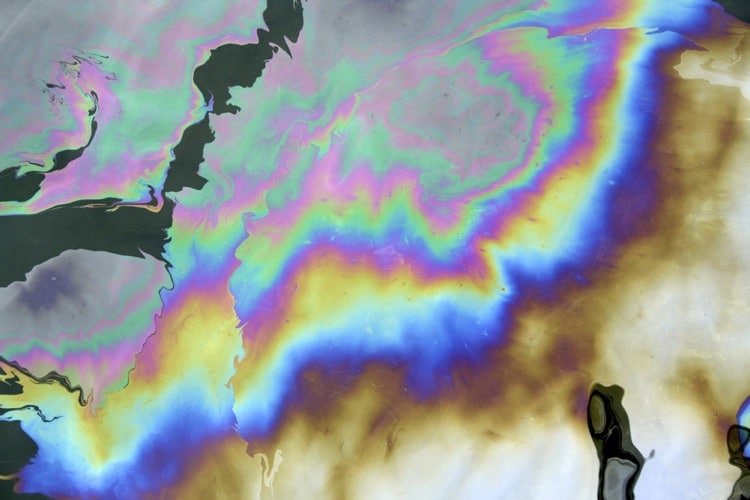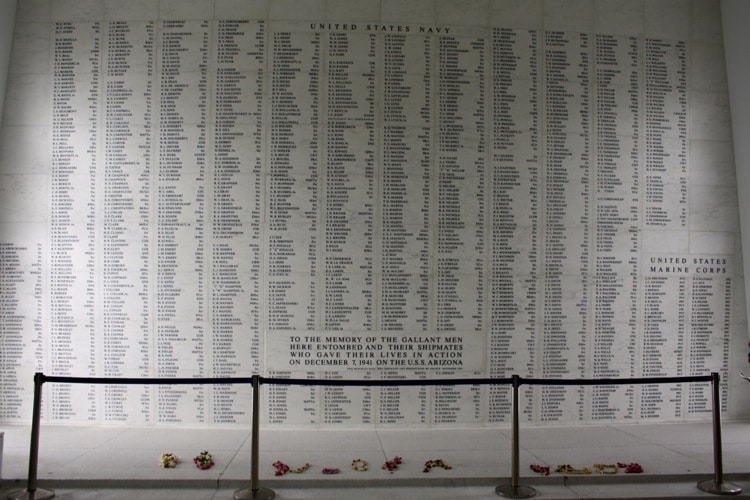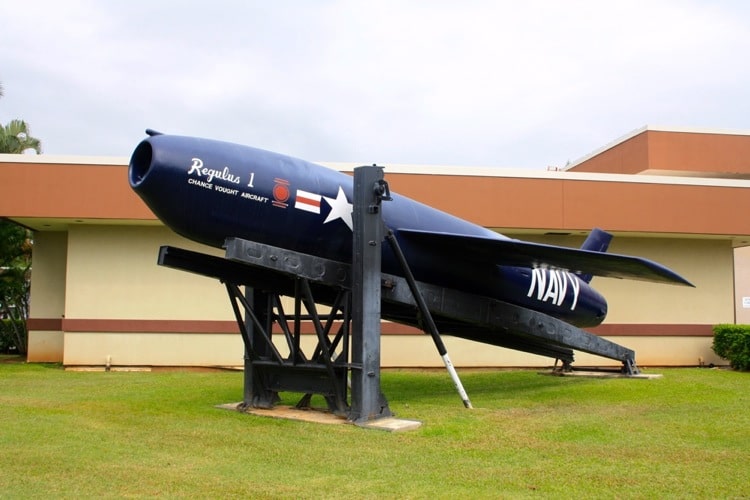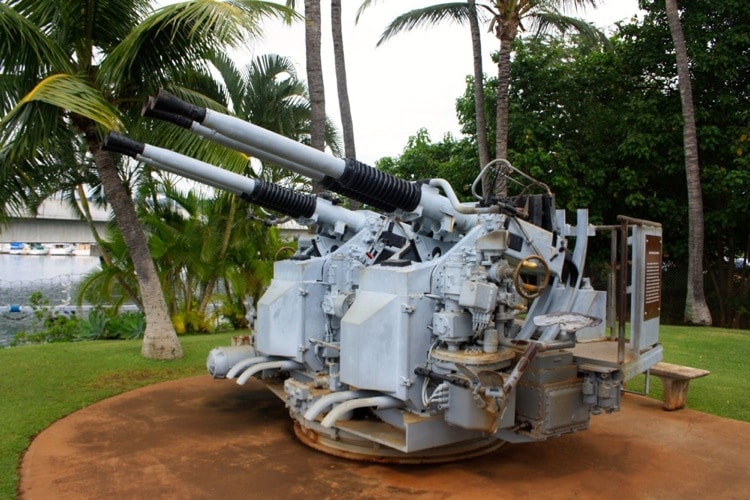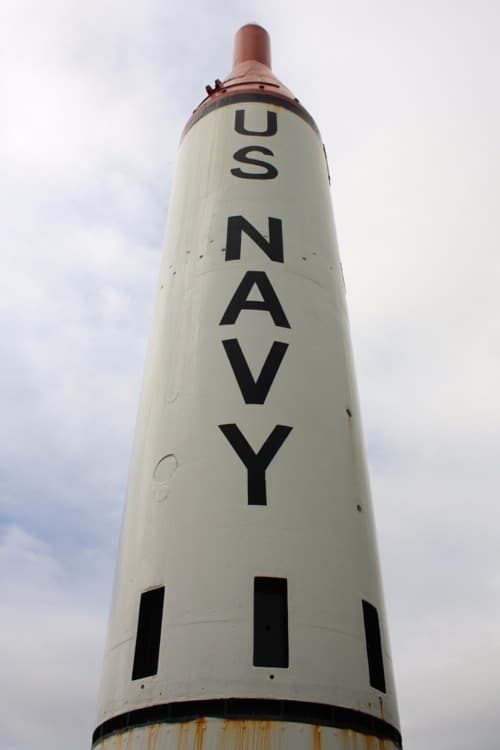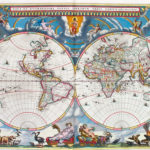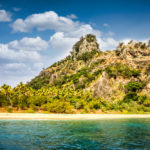Our day starts with a 50-minute wait for the bus in Honolulu’s main thoroughfare. An hour after that, we find ourselves crawling along in the capital’s multi-lane traffic – not what we imagined when we planned our eight-mile journey in this supposed island paradise.
Kia tosses me a look. “I hope this is worth it,” she says with a tone that sounds sweet to the ears but hides much promise of pain.
“It will be,” I assure her, quietly gulping.
As the son of a history teacher, I’ve long been fascinated by the seminal events of days gone past. It started with small, poignant pieces of knowledge like the fact that more soldiers die of disease than violence, or that more soldiers die after a war ends than before because of veteran depression. These people, their lives, their decisions seemed so much bigger, so much sadder than mine.
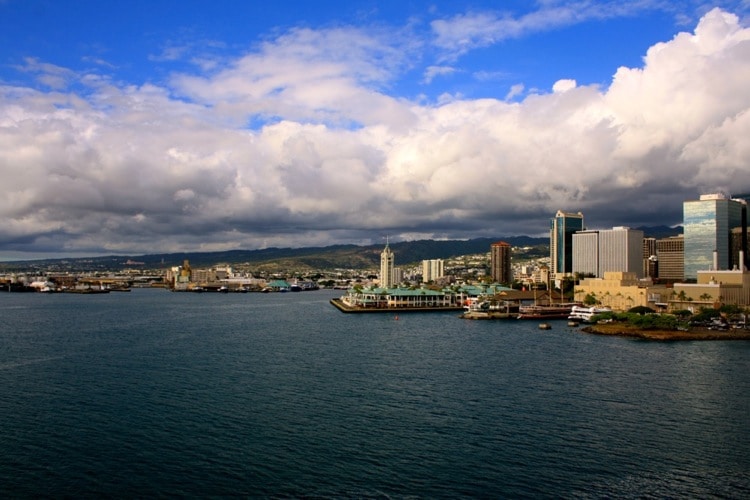
I remember visiting the Normandy beaches at the age of 13, the site of the D-Day landings in the Second World War; the site of nearly 20,000 casualties. The air felt heavy and still, the sites simple and unadorned. It had a sense of mourning – but not the big, exaggerated, patriotic kind. Rather, an understated, gentle kind; the kind that seeps into your very bones and makes you shiver with cold.
As an Englishman, I’ve always felt a close affinity with the events that happened at Normandy.
Pearl Harbor, on the other hand, has always felt distant. It happened in a different place in a different time with different people. On our journey to the site of the attack, I sit and wonder if it will affect me in the same way.
Our visit starts with a security guard telling us to leave our bags in the cloakroom at the cost of $3 per bag. I start to roll my eyes (what more could I expect of capitalism gone crazy?) but I stop when he winks and says, “One of your bags is bigger than the other so if I were you, I’d put the small one in the big one and only pay for one.”
I smile. After depositing our bag(s), my second surprise comes when I realise that entrance to the memorial is free. This seems far more appropriate than charging for memories of men who lost their lives.
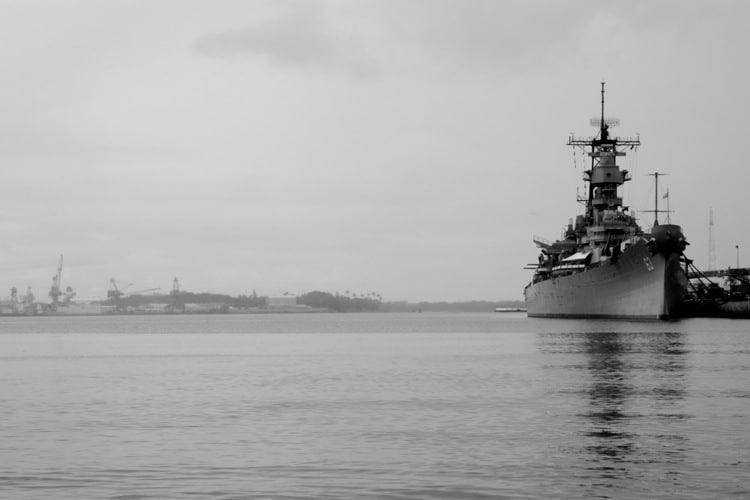
We get tickets for the main memorial, one of several sections of the Pearl Harbor Historic Sites. The sites are all part of the World War II Valor in the Pacific National Park run by the excellent National Park Service. Other sections and exhibits include access to the battleship Missouri, USS submarine Bowfin and Pacific Aviation Museum among others. Seeing every section can take several hours or even days.
We have one day in Oahu so stick with the main memorial. The sessions to the memorial start every hour on the hour but be warned that in summer months, there may be a wait of two to three hours.
Our session begins with a 15-minute reel shown in a darkened theatre. A park ranger talks of the events of 7 December 1941. Her tone is sweet and respectful with none of the pugnacious nationalism so often present in conversations around modern American (and British) warfare.
We see footage of that historic morning, we hear stories of soldiers snuffed out in seconds, of entire ships destroyed within minutes. We imagine the fear and hysteria, the chaos and the courage and even though it happened in a different place in a different time with different people, Pearl Harbor manages to put a lump in our throats.
When the reel ends, the house lights come up. Members of the audience stand blearily, smoothing hair and buttoning coats in an effort to regain composure.
We exit the theatre and board a boat to the site of the sunken USS Arizona, which still sits beneath the water’s surface just a few hundred metres offshore. Its sunken hull is rusting and decayed, weathered by decades of corrosion and still leaking inky oil spilled that tragic morning.
We walk around the white, serene memorial and take in the names of the 1,102 sailors who died on the Arizona that day. There were 1,512 on board.
When the final and terminal bomb struck the Arizona during the two-hour aerial attack on 7 December 1941, it penetrated the armoured deck near the ammunition stores, detonating the magazines in a catastrophic explosion. Over half of the lives lost during the Pearl Harbor attack were lost aboard the USS Arizona.
With this in mind, visitors explore the installation in near silence. As we walk around it strikes me that, just like the Normandy beaches, this memorial inspires quiet remembrance. There aren’t any explanatory videos or large infographics and shocking statistics plastered across the walls. In fact, I worry that it may be underwhelming for the non-history buff.
I turn to Kia. “I’m sorry there isn’t more to see.”
She smiles back. “There doesn’t need to be. Not here.”
She holds my hand and together we leave for the boat back to the shore.
Whether you’re American or not, a history buff or just an interested party, the Pearl Harbor Memorial strikes the same poignant note. The right note.
Countdown to Pearl Harbor: The Twelve Days to the Attack turns the lead-up to the most infamous day in American history into a ticking time-bomb thriller. Never before has a story you thought you knew proven so impossible to put down.
